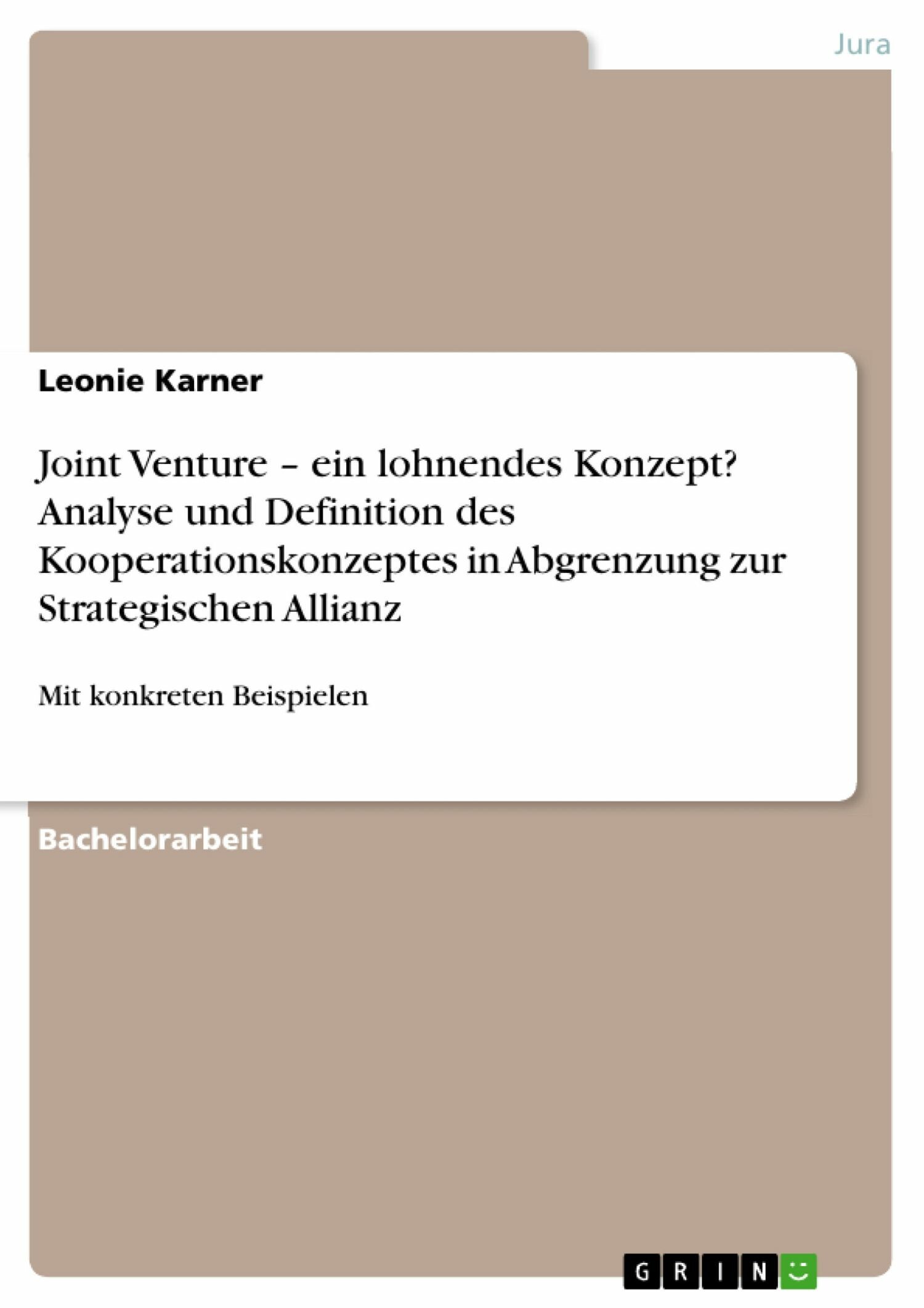


The activities of the legal entity are primarily related to securitizations or other forms of asset-backed financings or single-lessee leasing arrangements.We define entrepreneurship as the social process of realizing an innovation by means of a new venture.The reporting entity and its related parties provide more than half of the total of the equity, subordinated debt, and other forms of subordinated financial support to the legal entity based on an analysis of the fair values of the interests in the legal entity.The legal entity is designed so that substantially all of its activities either involve or are conducted on behalf of the reporting entity and its related parties.However, this condition does not apply if the legal entity is an operating joint venture under joint control of the reporting entity and one or more independent parties or a franchisee. The reporting entity, its related parties, or both participated significantly in the design or redesign of the legal entity.If the investor is not required to consolidate the joint venture under either the VIE model or the VOE model, the investor would determine if the entity meets the definition of a joint venture, which is discussed further in EM 6.2.2 and EM 6.2.3.Ī legal entity that is deemed to be a business need not be evaluated by a reporting entity to determine if the legal entity is a VIE under the requirements of the Variable Interest Entities Subsections unless any of the following conditions exist (however, for legal entities that are excluded by this provision, other GAAP should be applied): If the joint venture is not a VIE, then the investor should assess if it is required to consolidate the joint venture under the voting interest (VOE) model (see CG 7.1). An entity that is a VIE and meets the definition of a joint venture would be considered an entity over which power is shared among its equity investors, with no investor consolidating the joint venture. On the other hand, if the entity is a VIE, but no party is required to consolidate it (including after giving effect to any related party considerations), the entity may meet the definition of a joint venture. The VIE model provides a scope exception from the application of that model to a joint venture if the joint venture is a business and certain conditions are met, which is discussed in EM 6.2.1.

If the entity is a VIE and is required to be consolidated by one of the investors, it would not meet the definition of a joint venture. A noncontrolling interest held by public ownership, however, does not preclude a corporation from being a corporate joint venture.Īt the formation of a joint venture (or when an investor becomes involved with or acquires an interest in a joint venture), an investor in the joint venture is required to first determine if the joint venture entity is a variable interest entity (see CG 2). The ownership of a corporate joint venture seldom changes, and its stock is usually not traded publicly.

An entity that is a subsidiary of one of the joint venturers is not a corporate joint venture. Joint venturers thus have an interest or relationship other than as passive investors. A corporate joint venture also usually provides an arrangement under which each joint venturer may participate, directly or indirectly, in the overall management of the joint venture. The purpose of a corporate joint venture frequently is to share risks and rewards in developing a new market, product or technology to combine complementary technological knowledge or to pool resources in developing production or other facilities. A government may also be a member of the group. Transfers and servicing of financial assetsĬorporate joint venture: A corporation owned and operated by a small group of entities (the joint venturers) as a separate and specific business or project for the mutual benefit of the members of the group. Revenue from contracts with customers (ASC 606) Loans and investments (post ASU 2016-13 and ASC 326) Investments in debt and equity securities (pre ASU 2016-13) Insurance contracts for insurance entities (pre ASU 2018-12) Insurance contracts for insurance entities (post ASU 2018-12) IFRS and US GAAP: Similarities and differences Business combinations and noncontrolling interestsĮquity method investments and joint ventures


 0 kommentar(er)
0 kommentar(er)
